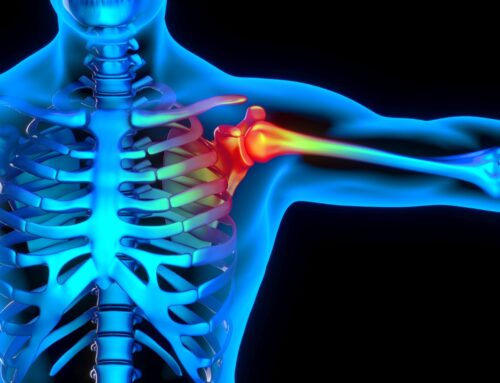Bladder incontinence is a common but often embarrassing condition that affects millions of people worldwide. While many assume it’s an inevitable part of aging or a problem without solution, there are various treatment options available, such as chiropractic care.
So, let’s explore this solution further and why bladder incontinence might happen in the first place.
What is Bladder Incontinence?
Bladder incontinence, or urinary incontinence, is the involuntary leakage of urine. It can range from occasionally leaking urine when coughing or sneezing to having an urge to urinate that’s so sudden you can’t reach a toilet in time. This condition can significantly impact quality of life, affecting social interactions, self-esteem, and daily activities.
There are several types of bladder incontinence:
- Stress incontinence: Leakage occurs with physical stress on the bladder, such as coughing or lifting.
- Urge incontinence: This is a sudden, intense urge to urinate followed by involuntary loss of urine.
- Overflow incontinence: The bladder doesn’t empty properly, leading to frequent or constant dribbling.
- Mixed incontinence: This may be a combination of stress and urge incontinence.
At the end of the day, various factors can contribute to bladder incontinence. These include pregnancy and childbirth, prostate problems, menopause, neurological disorders, and certain medications. Age-related changes in the urinary tract can also play a role.
How Can Chiropractic Care Help with Bladder Incontinence?
While chiropractic care is often associated with back and neck pain, its potential benefits extend to various body functions, including bladder control. The connection lies in the intricate relationship between the spine and the nervous system.
Chiropractic care for bladder incontinence focuses on the following aspects:
- Spinal Alignment: The nerves that control bladder function exit the spine in the lower back and sacral regions. Misalignments in these areas can interfere with nerve signals to and from the bladder. Chiropractic adjustments aim to correct these misalignments, potentially improving bladder control.
- Pelvic Floor Function: The pelvic floor muscles play a crucial role in bladder control. Spinal misalignments can affect the function of these muscles. By improving spinal alignment, chiropractic care may help enhance pelvic floor muscle function.
- Nervous System Optimization: Chiropractic adjustments are designed to optimize nervous system function. This can lead to improved communication between the brain and the bladder, potentially resulting in better bladder control.
- Reduced Inflammation: Spinal misalignments can cause inflammation that may irritate nearby nerves. By reducing this inflammation, chiropractic care may alleviate irritation of the nerves controlling bladder function.
- Holistic Approach: Chiropractors often take a whole-body approach to health. They may provide advice on lifestyle factors that can impact bladder health, such as diet and hydration.
It’s important to note that while chiropractic care shows promise for some individuals with bladder incontinence, it may not be suitable for everyone. The effectiveness can vary depending on the underlying cause of the incontinence.
Discover the Power of Chiropractic Care
While chiropractic care can be beneficial, it’s crucial to approach bladder incontinence comprehensively. Your chiropractor may recommend working in conjunction with your primary care physician or a urologist to ensure you receive well-rounded care.
If you’re struggling with bladder incontinence, chiropractic care might offer a non-invasive approach to finding relief. While it may not be a cure-all, many individuals have found improvement in their symptoms through regular chiropractic treatments. So, when you’re ready, your Lithia chiropractor is here to help.
The At Last Chiropractic team can help you overcome bladder incontinence and step forward once again with confidence. Book your appointment today!






